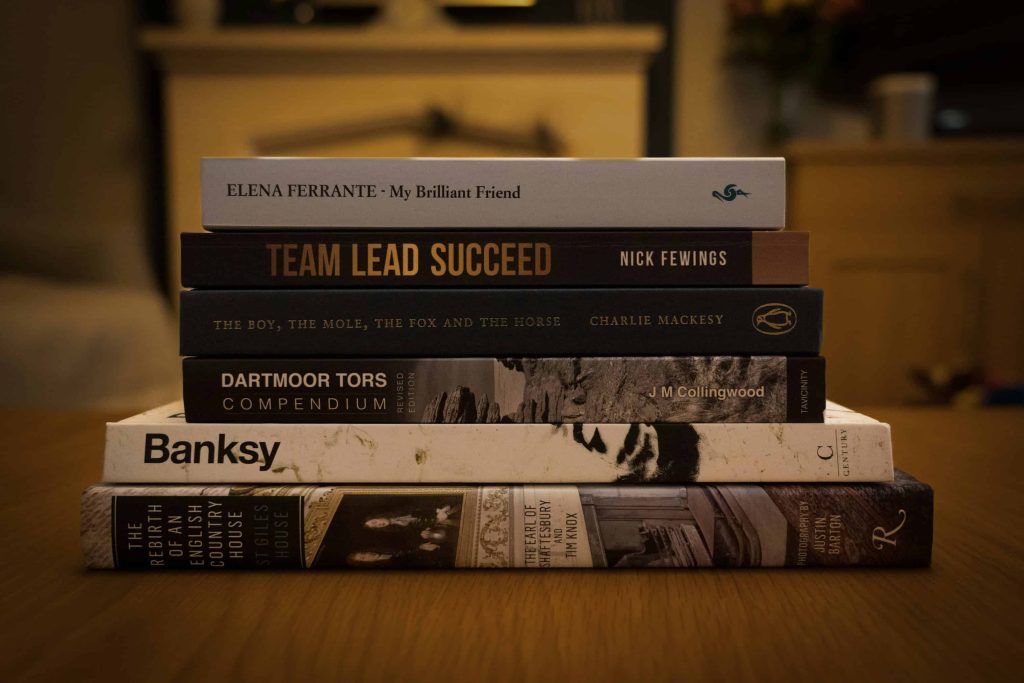
01 Aug Equality in Publishing: An Imperative for a Diverse Future in 2024
Equality in Publishing
The publishing industry has long served as a critical platform for sharing ideas, stories, and knowledge across cultures and generations. It shapes societal narratives and influences public perception. Yet, despite its pivotal role, the industry has grappled with ongoing issues related to equality and representation. Equality in publishing involves addressing multiple facets such as diversity of voices, equitable opportunities for all authors, and fair treatment of employees across various dimensions of identity, including race, gender, sexuality, and disability. This article will explore the current state of equality in the publishing industry, identify the barriers to achieving it, and propose strategies for fostering a more inclusive and representative publishing landscape.

The Current State of Equality in Publishing
Demographics and Representation
The demographic makeup of the publishing industry reveals significant disparities. According to recent surveys, the majority of publishing professionals are predominantly white and female. For instance, data from Publishers Weekly and the Association of American Publishers indicates that nearly 80% of publishing employees are white, and over 70% are women. In leadership roles, such as those of editors and publishers, this lack of diversity persists, affecting decision-making processes and the types of stories that are prioritized.
Underrepresentation of Marginalized Groups
The underrepresentation of marginalized groups extends beyond the workforce to the content being published. Studies show that books by authors of color, LGBTQ+ authors, and those with disabilities make up a small fraction of overall book sales. For example, a 2022 survey by the Cooperative Children’s Book Center found that only 15% of children’s books featured characters from marginalized groups. This lack of representation can lead to a narrower range of perspectives being shared and limit readers’ exposure to diverse experiences.
Impact on Storytelling
The underrepresentation of diverse voices influences the types of stories that are prominently featured. When the publishing industry predominantly showcases perspectives from a single demographic, it reinforces a narrow view of the world. This can lead to the perpetuation of stereotypes and an underrepresentation of real-life experiences. As a result, readers are often deprived of narratives that could foster greater understanding and empathy, ultimately constraining cultural and intellectual growth.
Gatekeeping and Inequality
Gatekeeping within the publishing industry refers to the control exerted by a select group of individuals—such as editors, agents, and publishers—over which manuscripts get published and promoted. This practice often favors familiar or conventional narratives, thus perpetuating inequality. Authors who do not fit within established norms or who write outside traditional genres may struggle to find acceptance, limiting the diversity of content available to the public.

Barriers to Equality in Publishing
Systemic Biases and Prejudices
Systemic biases in publishing can manifest in various forms, including biased editorial decisions, discriminatory hiring practices, and limited access to professional development. For instance, studies have shown that women and people of color are often underrepresented in editorial roles and face challenges in gaining recognition for their work. Additionally, biases in manuscript evaluations can lead to the rejection of diverse voices in favor of more familiar, mainstream content.
Challenges for Marginalized Authors
Marginalized authors encounter numerous challenges when trying to get published. These include difficulties in accessing literary agents who are open to diverse manuscripts, limited opportunities for networking, and the need to conform to market expectations that may not align with their authentic voices. Furthermore, the lack of representation among decision-makers can result in a lack of understanding and support for diverse stories, making it harder for marginalized authors to break into the industry.
Marketing and Promotion Inequalities
Marketing and promotional strategies often exacerbate inequalities in publishing. Books by marginalized authors may receive less promotional support compared to their mainstream counterparts, which can affect their visibility and sales. This lack of exposure is further compounded by an industry that frequently relies on traditional marketing channels that may not reach diverse audiences. Consequently, the impact of these books is diminished, reinforcing the cycle of marginalization.
Economic Disparities
Economic disparities within the publishing industry also contribute to inequality. The costs associated with publishing, including editing, design, and marketing, can be prohibitive, especially for authors from underrepresented backgrounds who may lack financial resources. Economic barriers also affect access to literary agents and publishers, who might be less inclined to take financial risks on authors without substantial financial backing or market validation.

Achieving Equality in Publishing
Importance of Diversity and Inclusion Initiatives
Implementing diversity and inclusion initiatives is essential for achieving equality in publishing. These initiatives might include setting diversity targets for hiring practices, offering training programs on unconscious bias, and creating inclusive editorial guidelines. For example, publishers can develop partnerships with organizations that support underrepresented writers and invest in programs that provide professional development opportunities for diverse talent.
Strategies for Increasing Representation
To increase representation, the publishing industry should actively seek out and support diverse voices. This can involve outreach programs to identify and nurture talent from underrepresented backgrounds, as well as establishing relationships with literary agencies that focus on diverse authors. Publishers can also implement mentorship programs that pair emerging authors with established industry professionals to provide guidance and support.
Role of Mentorship and Sponsorship
Mentorship and sponsorship programs are crucial for supporting underrepresented authors and professionals in the publishing industry. These programs can offer valuable networking opportunities, career advice, and advocacy within the industry. For example, mentorship can help new authors navigate the complexities of publishing, while sponsorship can ensure they receive the recognition and support needed to advance their careers.
Equitable Compensation and Benefits
Ensuring equitable compensation and benefits is vital for fostering a fair and inclusive publishing environment. This includes offering fair royalty rates, providing comprehensive health benefits, and ensuring that all authors, regardless of their background, receive equitable treatment. Publishers should also implement transparent pay structures and support initiatives that promote financial security for all employees and authors.
Data-Driven Approaches
Data-driven approaches can help identify and address inequalities within the publishing industry. By collecting and analyzing data on representation, hiring practices, book sales, and promotional activities, publishers can gain insights into existing disparities and develop targeted strategies to address them. This data can inform policy changes, track progress over time, and ensure that efforts to promote equality are both effective and measurable.

CONCLUSION
The path to achieving equality in publishing is multifaceted and requires a collective effort from all stakeholders. By addressing systemic biases, supporting diverse voices, and implementing effective diversity and inclusion strategies, the industry can work towards a more equitable and representative future. A more inclusive publishing landscape not only benefits authors and readers but also enriches the cultural fabric of society as a whole. The time for change is now—let’s commit to creating a publishing industry where every voice is heard, valued, and celebrated.
KEY TAKEAWAYS
- Current State of the Industry:
- The publishing workforce and leadership are predominantly white and female, leading to a lack of diverse perspectives in decision-making and content.
- Marginalized groups are underrepresented both in terms of authors and the characters featured in books, which limits the range of narratives and perpetuates stereotypes.
- Barriers to Equality:
- Systemic biases, such as discriminatory hiring practices and biased manuscript evaluations, hinder the inclusion of diverse voices.
- Marginalized authors face challenges such as limited access to literary agents, insufficient promotional support, and economic barriers that make publishing less accessible.
- Strategies for Improvement:
- Diversity and Inclusion Initiatives: Setting diversity targets, providing bias training, and developing inclusive editorial guidelines are crucial for fostering an equitable environment.
- Increasing Representation: Publishers should seek out and support diverse voices, establish outreach programs, and create mentorship opportunities to nurture underrepresented talent.
- Mentorship and Sponsorship: These programs are essential for guiding and advocating for diverse authors and professionals in the industry.
- Equitable Compensation: Ensuring fair compensation and benefits for all authors and employees helps create a more inclusive publishing landscape.
- Data-Driven Approaches: Collecting and analyzing data on representation and practices can help identify and address disparities effectively.
- Conclusion:
- Achieving equality in publishing requires a concerted effort from all stakeholders to address systemic issues and support diverse voices. An inclusive publishing industry enriches cultural narratives and benefits society as a whole.
FAQ
Why is diversity important in the publishing industry?
Diversity in publishing ensures a wider range of perspectives and stories are shared, which enriches the cultural fabric of society. It helps break down stereotypes, fosters empathy, and provides readers with more relatable and varied narratives. An inclusive industry reflects the diverse world we live in, promoting understanding and representation for marginalized groups.
What are the main barriers faced by marginalized authors in publishing?
Marginalized authors often encounter barriers such as limited access to literary agents, insufficient promotional support, and economic challenges. These obstacles are compounded by systemic biases and a lack of understanding among decision-makers. This leads to fewer opportunities for diverse voices and can hinder their success in the industry.
How can the publishing industry improve equality and representation?
The industry can enhance equality by implementing diversity and inclusion initiatives, such as setting hiring targets and providing bias training. Increasing representation involves actively seeking and supporting diverse authors, establishing mentorship programs, and ensuring equitable compensation. Data-driven approaches can also help track progress and address disparities effectively.
Explore a range of practical and effective promotional techniques that can significantly boost the visibility and impact of new authors, empowering them to reach their target audience and achieve their literary goals.
